Please log in to purchase this product.
Everyday endodontics
Please log in to view the price.
Everyday endodontics
1) Dr. Vivek Hegde 2) Dr. Gopi Krishna 3) Dr. Siju Jacob 4) Dr. Guillaume Jouanny 5) Dr. Ajay Logani 6) Dr. Anish Naware 7) Dr. Arvind Shenoy 8) Dr. Reuben Joseph 9) Dr. Jojo Kottoor 10) Dr. Ruchita Roongta 11) Dr. Mandar Pimprikar 12) Dr. Abarajithan Mohan 13) Dr. Deepak Mehta 14) Dr. Roopa Nadig 15) Dr. Srilatha S
4080 (Minutes)
This course is included in the Premium Membership.
Course validity: 90 days
In this course you will learn:
Part 1: Diagnosis and treatment planning
– Etilogy to treatment: Reversible pulpitis
– Etilogy to treatment: Irreversible pulpitis
– Etilogy to treatment: Chronic hyperplastic pulpitis
– Etilogy to treatment: Internal resorption
– Etilogy to treatment: Pulp necrosis
– What are the objectives of a pulp vitality test?
– Pulp vitality tests: Where and why?
– Cold test: Step by step
– Heat test: Step by step
– Electric pulp test: Step by step
– Am I getting a false positive or negative response from my pulp vitality test?
– What does a J-shaped lesion on a radiograph indicate?
– Do bulbous roots on a radiograph tell us anything?
– 1 tooth, 2 sinus tracts!
– How long should my Endodontic procedure take and how much should I charge the patient?
– Is de-occlusion a must before root canal treatment?
– Do tooth numbering systems matter in everyday dentistry
– In case of endo-perio lesions, which should we treat first?
Part 2: Access opening
– Straight line access vs long axis
– Access opening for anterior teeth
– Access opening for maxillary 1st molars
– Access opening for mandibular 1st molars
– In tooth simulation of access opening for mandibular 2nd molar
– In tooth simulation of an access opening of a mandibular 2nd premolar
– Should we always look for an MB2?
– Locating an MB2 canal in difficult cases
Part 3: Hand filing techniques
– Filing simplified
– Push pull motion for hand instrumentation
– Demonstration of watch winding for hand instrumentation
– Watch winding motion simplified
– Reaming simplified
– Circumferential filing simplified
– Balanced force technique: Demonstration
– Balanced force technique simplified
– Envelope of motion simplified
– Patency filing: What it means
Part 4: Cleaning and shaping
– Pre-endodontic build-up
– Various techniques to determine working length
– Why should we pre-curve our files?
– The most commonly overlooked fact about root canal treatment
– What is coronal flaring?
– The correct way to approach a root canal system
– Understanding length, diameter and taper
– What is a glide path?
– Preparing a glide path
– Consequences of not preparing a glide path
– Length? Yes. Number? Yes. But have you ever thought to measure the thickness of roots?
– Management of curvatures in root canals
– Identifying joining canals
– Why does my no. 15 file not go to length?
– Electronic apex locators
– EDTA: Viscous type
– EDTA: Aqueous type
– In tooth simulation of cleaning and shaping a mandibular 2nd premolar
– In tooth simulation of cleaning and shaping a mandibular 2nd molar
– Treating apically splitting canals
Part 5: Irrigation protocols and intra-canal medicaments
– Introduction to fluid dynamics
– Introduction to irrigation protocol
– How to correctly use needles while irrigating
– Correct irrigation protocol for vital teeth
– The best way to irrigate non-vital teeth
– Sonic activation of irrigants
– Ultrasonic irrigation
– Laser activated irrigation
– What is photochemical disinfection?
– Types of intra-canal medicaments
– When to use an intra-canal medicament and for how long?
– Placing an intra-canal medicament
– The correct way to place an intra-canal medicament
– Management of acute apical abscess
– Sodium hypochlorite accident
Part 6: Obturation
– Sealers: Which, when and how?
– Choosing the correct sealant and material to obturate
– How to correctly coat a canal with sealant
– Scouting the apical diameter
– When to obturate the root canal
– Types of obturating materials
– Choosing the correct gutta percha: Apical gauging
– Different obturating techniques
– Tips for lateral compaction
– Downpack: Cutting the GP at the right place
– In tooth demonstration of obturation of a mandibular second molar
– In tooth simulation of a core carrier obturation of a mandibular 2nd premolar
– Opening, cleaning and obturating splitting canals
Part 7: Procedural errors and their management
– Procedural errors during access opening and their management
– Procedural errors during cleaning and shaping and their management
– Procedural errors during obturation and their management
Part 8: Post endodontic restorations
– A tip for temporary restorations
– An important principle of minimally invasive dentistry
– The importance of coronal seal
– Understanding the various core build up materials
– Alcohol scrub: A tip to improve bonding after endodontic treatment
– Manual dynamic etching
– Using coloured core build up materials: How, when and why
– In tooth demonstration of core build up of a mandibular second molar
– Flowable core build up of a mandibular 2nd premolar
– Step by step fibre post placement tutorial
– Remember studying about resistance form
– Post-operative instructions after root canal treatment
Part 9: Long lectures
– Endodontic diagnosis
– Anatomic variations in routine endodontics
– Access cavity preparation and canal location
– Aberrant root canal systems
– Root canal disinfection protocols
– Root canal debridement and disinfection
– Pathways to endodontic perfection
– Integrated endodontics
– Vital pulp therapy
– Obturation simplified
– Contemporary endodontic practice
– Current concepts in endodontically treated teeth
– Minimally invasive endodontics
– Post endodontic restorations
– Emerging options and innovations in post-endodontic restorations
– Restoring endodontically treated teeth
– Changing paradigms in clinical endodontics
Only logged in customers who have purchased this product may leave a review.
Related Products
Dental Video
Dental Video
Dental Video
Dental Video
Dental Video
Dental Video
Dental Video
Dental Video
Dental Video
Dental Video
Dental Video
Dental Video
Dental Video
Dental Video
Dental Video
Dental Video
Dental Video
OHI-S Conditioning peri-implant tissue: From a single implant to full arch rehabilitation
Dental Video
Dental Video
Dental Video
Dental Video
OHI-S Implant-Perio Evolution: course of 10 webinars of implantology and periodontology
Dental Video
Dental Video
Dental Video
Dental Video
Dental Video
Dental Video
Dental Video
Dental Video
Dental Video
Dental Video
Dental Video
OHI-S Reference Position Centric Relation (CR), Centric Occlusion (CO), Neuro-Muscular RP
Dental Video
Dental Video
Dental Video
Dental Video
Dental Video
Dental Video
Dental Video
Dental Video
Dental Video
Dental Video
Dental Video
Dental Video
Precision in Laminate Ceramic Veneers: Tooth Preparation and Adhesive Cementation Techniques
Dental Video
Dental Video
Dental Video
Dental Video





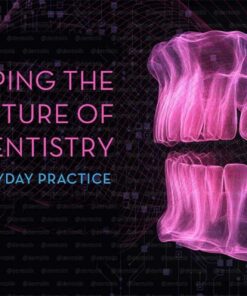



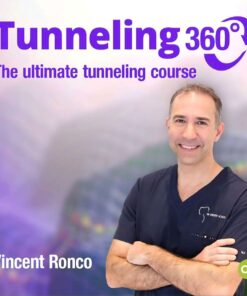

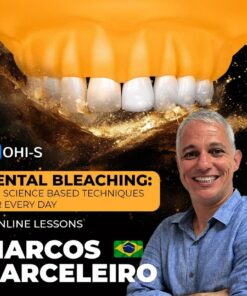
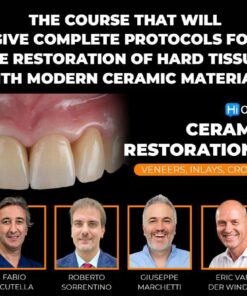




















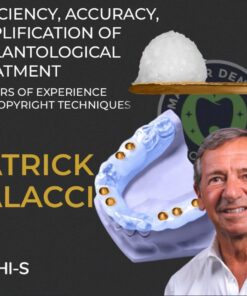
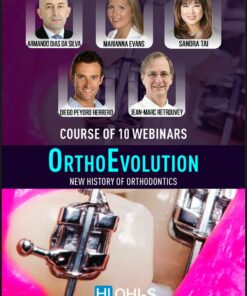











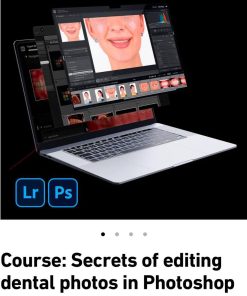












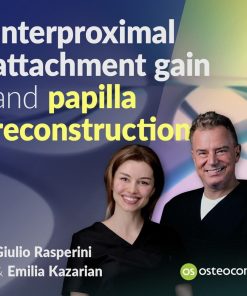


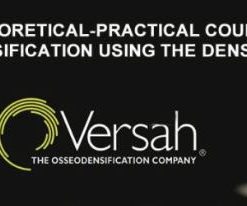


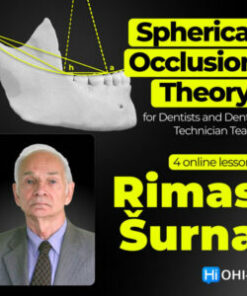
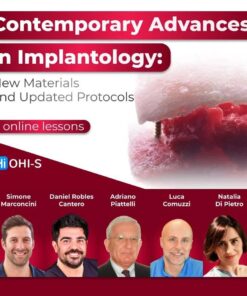













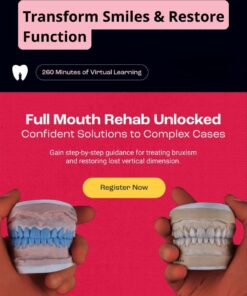





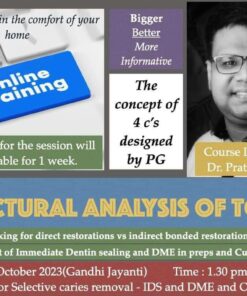

















Reviews
There are no reviews yet.